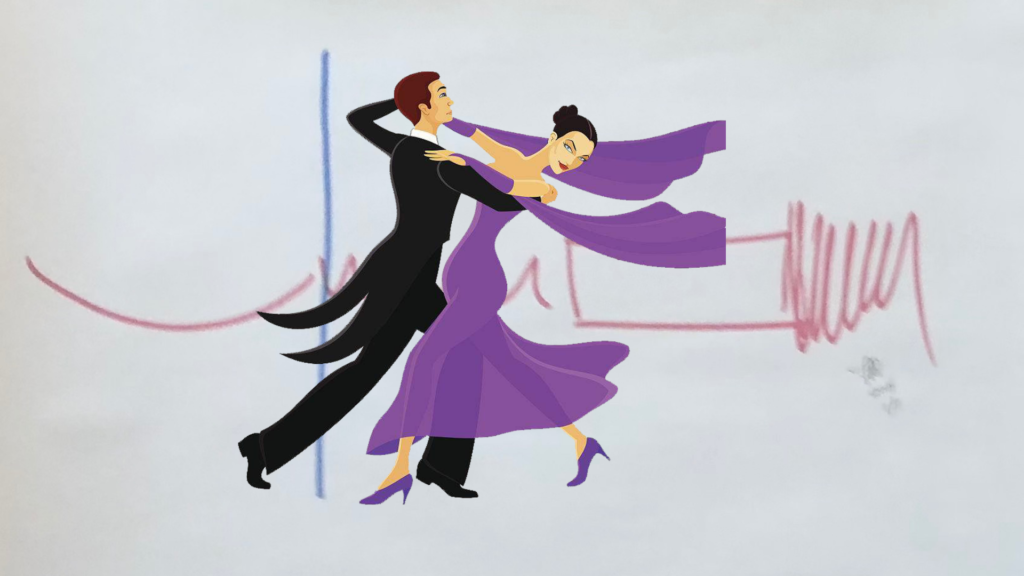
Have you ever wondered about the difference between compassion and highest personal regard? Is there a difference? Let’s have a cup of tea or a glass of wine together and think about this!
The focus of this conversation is to look at what highest personal regard and compassion means to each of us and where each comes into play in our everyday lives. There may be no definitive answers; just hopefully intriguing questions applied to our own personal experiences.
I began wondering about this one day when leading a pyramid meditation. I noticed the body- felt-sense I had when feeling high personal regard for myself and others. And I noticed the body-felt-sense I had when connecting with compassion while pausing in the heart chakra. They weren’t the same and I wondered about that.
Over the years, like so many of us in the Zero Balancing community, I’ve strived to embody the principle of high personal regard, to live the practice with my students, clients, colleagues, family and friends. It’s the way I approach meeting anyone new. It’s the way I’d like to be approached. My high personal regard is theirs to lose.
Repeating that last sentence: my high personal regard is theirs to lose. Can one lose this? Are there times when it’s not possible to hold someone with highest personal regard, without judgement or comparison as it’s described in the Core ZB Study Guide?
What if someone hurts you? What if someone is intentionally aggressive and seeks to cause harm? Are they deserving of high regard?
Here’s another scenario…If your intent is to hold someone with high regard, but your instinct, your donkey, is sending out warning signals, which should hold sway? Do you ignore your instinct in favor of the idea of high regard? Is high regard the same as trusting someone?
Now let’s look at compassion and ask the same questions: can someone lose your compassion for them? Are there times when it’s not possible to have compassion for someone? If they’ve hurt you are or are causing harm intentionally? Does having compassion mean trusting someone? Ignoring your instinct?
Here are the results of my own pondering of these questions: Compassion and High Personal Regard are not the same. Certainly not the same on a visceral level for me. Can someone lose my high personal regard?
I will apply this question to a specific situation in which someone was unfortunately aggressive and unkind toward me. Did my donkey send out warning signals? Yes. Did I override those warning signals? I’d say it took me awhile to recognize the warning signals and once I did, I listened. And yes, I met this person and held them in high regard and, if I’m honest with myself and with you, I can say they did lose my respect and high personal regard. I felt some shame about that; like I had somehow fallen short. I believed that if I was more evolved and embodied high regard better, I could manage to still hold them in high esteem despite their behavior. When I look back from this vantage point, I’m not so sure that’s true and… that’s how I felt at the time.
However, when it came to compassion, they could not lose my compassion. When I connected with their true being, underneath the hurtful behavior, I could feel the depth of their suffering and felt and still feel deep compassion for them. In fact, it was by connecting with compassion that I was able to forgive them, free myself, and move on.
I hope you find this process of investigation worthwhile! Let me know your thoughts!

